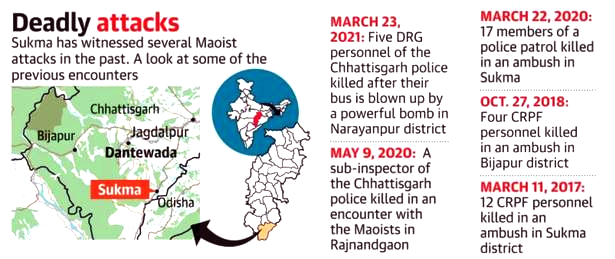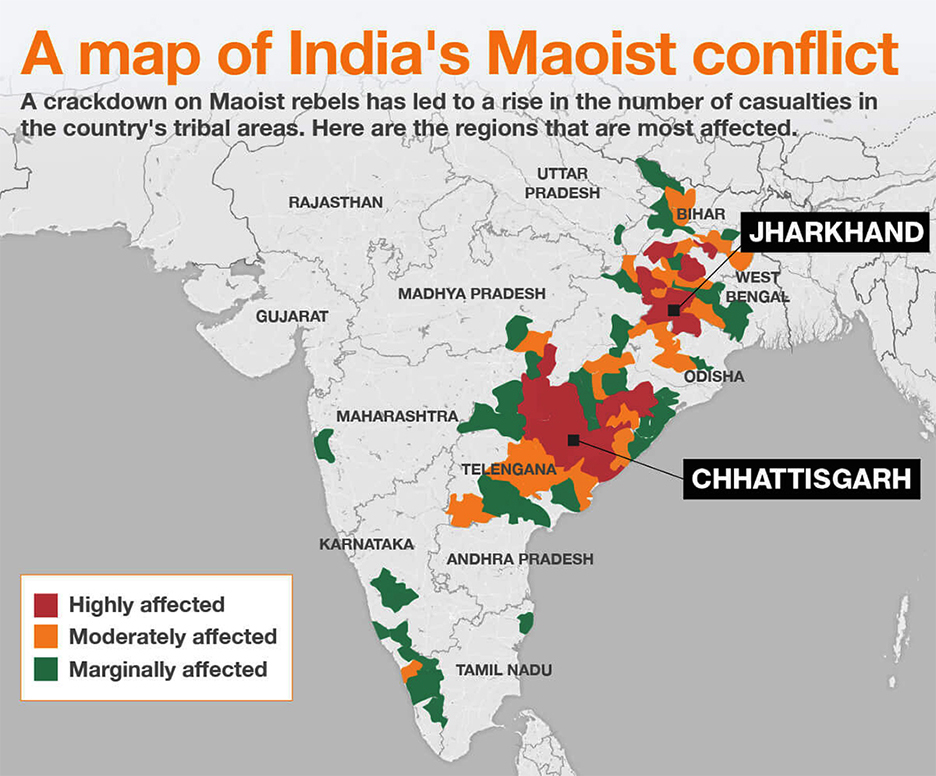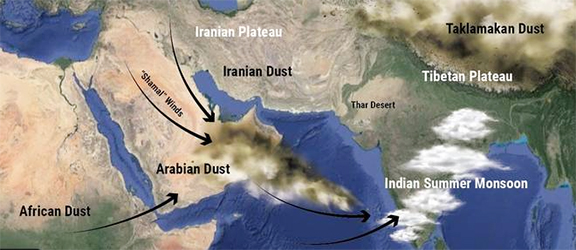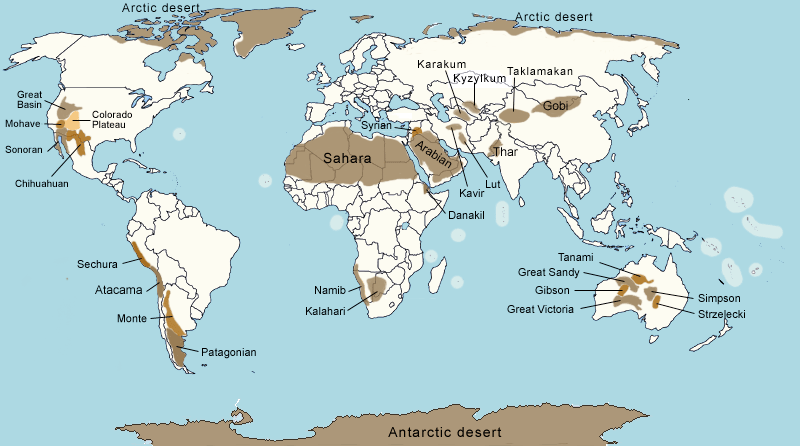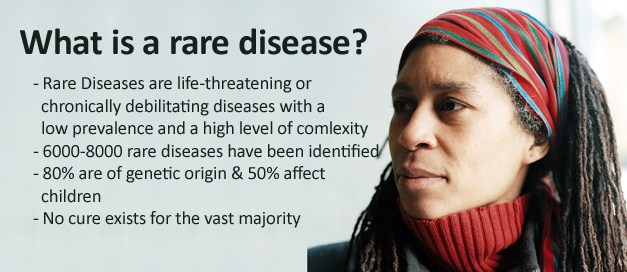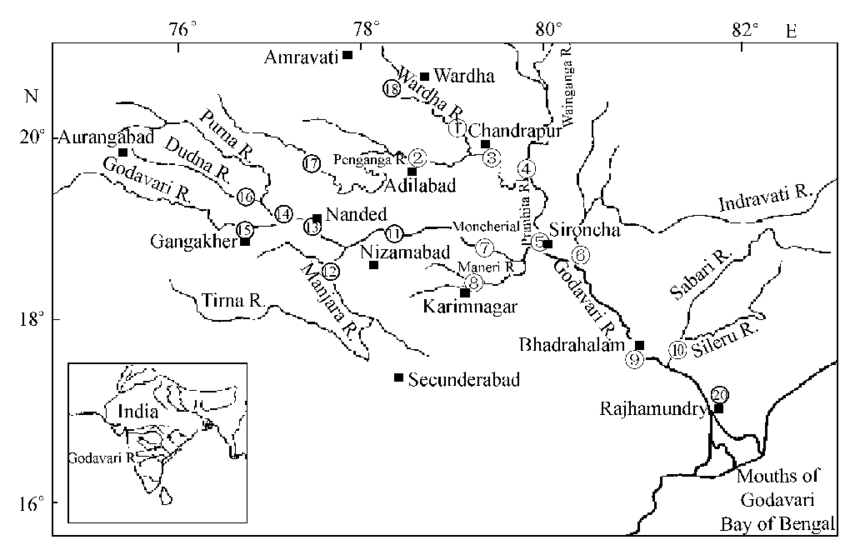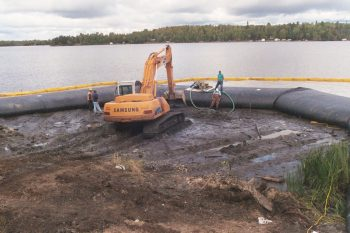Internal Security
Maoist Attack in Sukma
Why in News
A team of security forces was attacked by a People’s Liberation Guerilla Army (PLGA) unit in the Tarrem area near the Sukma-Bijapur district border, Chhattisgarh. Several security personnel were killed and many were injured.
- PLGA was founded in 2000. It has been declared as a terrorist organisation and banned under the Unlawful Activities (Prevention) Act-1967 (UAPA).
Key Points
- About the Sukma District:
- Located in the southern tip of the state of Chhattisgarh, the district was carved out of Dantewada in the year 2012.
- It is covered with the semi-tropical forest and is a mainland of tribal community Gond.
- One major river that flows through the district is Sabari (a tributary of Godavari river).
- Over a few decades, this region has become a fostering ground for Left Wing Extremism (LWE) activities.
- Uneven terrains and the tricky geographic locations made this region a safer hideout for the LWE activists.
- Left Wing Extremism in India:
- Left-wing extremists, popularly known as Maoists worldwide and as Naxalites in India.
- The term Naxalism derives its name from the village Naxalbari of West Bengal. It originated as a rebellion against local landlords who bashed a peasant over a land dispute.
- The rebellion was initiated in 1967, with an objective of rightful redistribution of the land to working peasants under the leadership of Kanu Sanyal and Jagan Santhal.
- The movement has spread across the Eastern India in less developed areas of states such as Chhattisgarh, Odisha and Andhra Pradesh.
- It is considered that Naxals support Maoist political sentiments and ideology.
- Maoism is a form of communism developed by Mao Tse Tung. It is a doctrine to capture State power through a combination of armed insurgency, mass mobilization and strategic alliances.
- Reasons for Left Wing Extremism:
- Tribal Discontent:
- The Forest (Conservation) Act, 1980 has been used to target tribals, who depend on forest produce for their living.
- Massive displacement of tribal population in the naxalism-affected states due to development projects, mining operations and other reasons.
- Easy Target for Maoists: Such people who do not have any source of living are taken into naxalism by Maoists.
- Maoists provide arms and ammunition and money to such people.
- Gaps in the Socio-Economic system of the Country:
- Government measures its success on the basis of the number of violent attacks rather than the development done in the naxal-affected areas.
- Absence of strong technical intelligence to fight with naxalites.
- Infrastructural problems, for instance, some villages are not yet connected properly with any communication network.
- No Follow-Up from Administration: It is seen that even after police take hold of a region, administration fails to provide essential services to the people of that region.
- Confusion over tackling naxalism as a social issue or as a security threat.
- Tribal Discontent:
- Government Initiatives to Fight LWE:
- Greyhounds: It was raised in 1989 as an elite anti-naxal force.
- Operation Green Hunt: It was started in 2009-10 and massive deployment of security forces was done in the naxal-affected areas.
- LWE Mobile Tower Project: To improve mobile connectivity in the LWE areas, the Government in 2014, approved installation of mobile towers in LWE affected States.
- Aspirational Districts Programme: Launched in 2018, it aims to rapidly transform the districts that have shown relatively lesser progress in key social areas.
- SAMADHAN:
It stands for
- S- Smart Leadership,
- A- Aggressive Strategy,
- M- Motivation and Training,
- A- Actionable Intelligence,
- D- Dashboard Based KPIs (Key Performance Indicators) and KRAs (Key Result Areas),
- H- Harnessing Technology,
- A- Action plan for each Theatre, and
- N- No access to Financing.
- This doctrine is the one-stop solution for the LWE problem. It encompasses the entire strategy of government from short-term policy to long-term policy formulated at different levels.
- S- Smart Leadership,
Way Forward
- Though the number of incidents of LWE violence has come down in the recent past, continued efforts and focus are needed in eliminating such groups.
- Government needs to ensure two things; security of the peace-loving people and the development of the naxalism-affected regions.
- Centre and states should continue with their coordinated efforts in development and security both where Centre should play a supportive role with state police forces taking the lead.
- Government needs to undertake technological solutions such as the use of drones to minimize loss of lives of security personnel.
Geography
Effect of Dust on Monsoon
Why in News
Recently, a study details how the Indian monsoon gets influenced by the atmospheric dust particles swept up by winds from deserts in the Middle East (Asian Deserts).
Key Points
- Dust :
- Dust is very small dry particles of earth or sand.
- PM10 and PM2.5 refers to dust classified by the size of particles.
- The natural erosion of soil, sand and rock is the most common source of dust.
- Dust emission is common in urban areas from a range of activities such as gardening, to large scale industrial operations.
- It is known to influence monsoons, hurricanes and even fertilize rainforests.
- The dust emission scheme is extremely sensitive to climate change and understanding these mechanisms and effects of dust can help understand our monsoon systems in the face of global climate change.
- Dust is very small dry particles of earth or sand.
- Effect of Dust on Monsoon:
- About:
- Dust storms from the desert when lifted by strong winds can absorb solar radiation and become hot.
- This can cause heating of the atmosphere, change the air pressure, wind circulation patterns, influence moisture transport and increase precipitation and rainfall.
- Effect on Indian Monsoon:
- Dust from the Middle East [West Asia] and also from the Iranian Plateau also influences the Indian Summer Monsoon (South West Monsoon).
- The hot air over the Iranian Plateau can heat the atmosphere over the plateau, strengthen the circulation over the deserts of the Arabian Peninsula and increase dust emission from the Middle East [West Asia].
- Dust from the Middle East [West Asia] and also from the Iranian Plateau also influences the Indian Summer Monsoon (South West Monsoon).
- Reverse Effect:
- Indian Summer Monsoon has a reverse effect and can increase the winds in West Asia to produce yet more dust.
- A strong monsoon can also transport air to West Asia and again pick up a lot of dust.
- About:
- Effect of Anthropogenic Dust:
- There is a difference of opinion, some studies found that anthropogenic aerosols emitted from the Indian subcontinent can decrease summer monsoon precipitation, while others found that absorbing aerosols such as dust can strengthen the monsoon circulation.
- Aerosols are defined as a combination of liquid or solid particles suspended in a gaseous or liquid environment.
- Anthropogenic aerosols include sulfate, nitrate, and carbonaceous aerosols, and are mainly from fossil fuel combustion sources.
- However, a recent study showed that they can strengthen Indian summer monsoon rainfall.
- Aerosol particles, such as dust, play an important role in the precipitation process, providing the nuclei upon which condensation and freezing take place.
- There is a difference of opinion, some studies found that anthropogenic aerosols emitted from the Indian subcontinent can decrease summer monsoon precipitation, while others found that absorbing aerosols such as dust can strengthen the monsoon circulation.
- Role of Deserts in Monsoon:
- Deserts across the globe play important roles in monsoons.
- The dust aerosols from deserts in West China such as the Taklamakan desert and the Gobi Desert can be transported eastward to eastern China and can influence the East Asia summer monsoon.
- In the southwest United States, there are some small deserts that influence the North African monsoon.
- Deserts across the globe play important roles in monsoons.
- Major Deserts of the World:
Monsoon
- About:
- A monsoon often brings about thoughts of torrential rains, similar to a hurricane or typhoon. But there is a difference: a monsoon is not a single storm; rather, it is a seasonal wind shift over a region.
- The shift may cause heavy rains in the summer, but at other times, it may cause a dry spell.
- Cause for Monsoon:
- A monsoon (from the Arabic mawsim, which means "season") arises due to a difference in temperatures between a land mass and the adjacent ocean.
- The sun warms the land and ocean differently, causing the winds to play "tug of war" eventually switching directions bringing the cooler, moister air from over the ocean.
- The winds reverse again at the end of the monsoon season.
- Types:
- Wet Monsoon:
- A wet monsoon typically occurs during the summer months (about April through September) bringing heavy rains.
- On average, approximately 75% of India's annual rainfall and about 50% of the North American monsoon region comes during the summer monsoon season.
- The wet monsoon begins when winds bring cooler, more humid air from above the oceans to the land.
- Dry Monsoon:
- A dry monsoon typically occurs between October and April.
- Instead of coming from the oceans, the winds tend to come from drier, warmer climates such as from Mongolia and northwestern China down into India.
- Dry monsoons tend to be less powerful than their summer counterparts.
- The winter monsoon occurs when "the land cools off faster than the water and a high pressure develops over the land, blocking any ocean air from penetrating." This leads to a dry period.
- Wet Monsoon:
- Location:
- A monsoon forms in the tropics (between 0 and 23.5 degrees latitude north and south) and subtropics (between 23.5 degrees and 35 degrees latitude north and south).
- The strongest monsoons tend to occur in India and South Asia in the north and Australia and Malaysia in the south.
- Monsoons also occur in southern parts of North America, in Central America, northern areas of South America, and in western Africa.
Indian Polity
Acquittal by Benefit of Doubt
Why in News
The Supreme Court has held that a public employer can reject a candidate as unsuitable if he/she had, in the past, been acquitted of a serious crime merely on the benefit of doubt.
- Benefit of doubt is granted to the accused when there is total absence of evidence or in the criminal jurisprudence requiring the case to be proved beyond reasonable doubt.
Key Points
- Background:
- The Petitioner in the Supreme Court cleared the recruitment for the post of constable in Rajasthan Police Service.
- However, he was not appointed in view of being tried in a criminal case.
- It was found that, though he was acquitted, the charges against him were not of a trivial nature but were serious offences and the candidate was acquitted on the “Benefit of Doubt”.
- He was not honourably acquitted by the Court.
- Supreme Court Observations:
- The mere fact of an acquittal would not suffice but rather it would depend on whether it is a clean acquittal.
- Employers would be well within their rights to consider the antecedent and suitability of the candidate.
- In this context, the employer is entitled to take into account the job profile for which the selection is undertaken, and
- the severity of the charge levelled against the candidate and
- whether the acquittal in question was an honourable acquittal or was merely on the ground of benefit of doubt.
- An acquittal on the benefit of doubt is quite different from an honourable acquittal.
- A person should be honourably acquitted of a heinous crime to be considered eligible for public employment.
- The court, however, reminded employers that the rejection should not be mechanical since employment opportunity is a scarce commodity in the country.
Honourable Acquittal And Acquittal by Extending the “Benefit of Doubt”
The trial court after giving due consideration to the evidence placed on record and examining the witness may do any of the following:
- Convict the person.
- Acquit the person unconditionally. In other words, it is Honourable acquittal.
- The term “Honorable acquittal” is nowhere defined under Indian laws and it is the invention of Indian judiciary.
- An accused who is acquitted after full consideration of the prosecution evidence and prosecution has miserably failed to prove the charges levelled against the accused.
- Acquitting the person by extending the “benefit of doubt” or due to the failure on the prosecution's side to prove the guilt “beyond reasonable doubt”.
Social Justice
National Rare Disease Policy 2021
Why in News
Recently, the Ministry of Health and Family Welfare has approved the National Rare Disease Policy 2021.
- Earlier, the Delhi High Court had directed the Centre to set up a Rare Diseases Committee, a Rare Diseases Fund and to finalise and notify the National Health Policy for Rare Diseases on or before 31st March, 2021.
Key Points
- Aim:
- To increase focus on indigenous research and local production of medicines.
- To lower the cost of treatment of rare diseases.
- To screen and detect rare diseases early at early stages, which will in turn help in their prevention.
- Major Provisions of the Policy:
- Categorization:
- The policy has categorised rare diseases in three groups:
- Group 1: Disorders amenable to one-time curative treatment.
- Group 2: Those requiring long term or lifelong treatment.
- Group 3: Diseases for which definitive treatment is available but challenges are to make optimal patient selection for benefit, very high cost and lifelong therapy.
- The policy has categorised rare diseases in three groups:
- Financial Support:
- Those who are suffering from rare diseases listed under Group 1 will have the financial support of up to Rs. 20 lakh under the umbrella scheme of Rashtriya Arogya Nidhi.
- Rashtriya Arogya Nidhi: The Scheme provides for financial assistance to patients, living below poverty line (BPL) and who are suffering from major life threatening diseases, to receive medical treatment at any of the super specialty Government hospitals / institutes.
- Beneficiaries for such financial assistance would not be limited to BPL families, but extended to about 40% of the population, who are eligible as per norms of Pradhan Mantri Jan Arogya Yojana, for their treatment in Government tertiary hospitals only.
- Those who are suffering from rare diseases listed under Group 1 will have the financial support of up to Rs. 20 lakh under the umbrella scheme of Rashtriya Arogya Nidhi.
- Alternate Funding:
- This includes voluntary crowdfunding treatment by setting up a digital platform for voluntary individual contribution and corporate donors to voluntarily contribute to the treatment cost of patients of rare diseases.
- Centres of Excellence:
- The policy aims to strengthen tertiary health care facilities for prevention and treatment of rare diseases through designating eight health facilities as 'Centres of Excellence' and these will also be provided one-time financial support of up to Rs. 5 crore for upgradation of diagnostics facilities.
- National Registry:
- A national hospital-based registry of rare diseases will be created to ensure adequate data and comprehensive definitions of such diseases are available for those interested in research and development.
- Categorization:
- Concerns Raised:
- Lack of Sustainable Funding:
- Unlike conditions under Group 1 and Group 2, patients with Group 3 disorders require sustainable treatment support.
- In the absence of a sustainable funding support for Group 3 patients, the precious lives of all patients, mostly children, are now at risk and at the mercy of crowdfunding.
- Lack of Drug Manufacturing:
- Where drugs are available, they are prohibitively expensive, placing immense strain on resources.
- Currently few pharmaceutical companies are manufacturing drugs for rare diseases globally and there are no domestic manufacturers in India except for those who make medical-grade food for those with metabolic disorders.
- Lack of Sustainable Funding:
- There are 6,000-8,000 classified rare diseases, but less than 5% have therapies available to treat them.
- Example: Lysosomal Storage Disorders (LSD), Pompe disease, cystic fibrosis, muscular dystrophy, spina bifida, haemophilia etc.
- About 95% rare diseases have no approved treatment and less than 1 in 10 patients receive disease-specific treatment.
- These diseases have differing definitions in various countries and range from those that are prevalent in 1 in 10,000 of the population to 6 per 10,000.
- However broadly, a ‘rare disease’ is defined as a health condition of low prevalence that affects a small number of people when compared with other prevalent diseases in the general population. Many cases of rare diseases may be serious, chronic and life-threatening.
- India has close to 50-100 million people affected by rare diseases or disorders, the policy report said almost 80% of these rare condition patients are children and a leading cause for most of them not reaching adulthood is due to the high morbidity and mortality rates of these life-threatening diseases.
Indian Economy
Decline in Forex Reserves
Why in News
According to the recent data from the Reserve Bank of India (RBI), India’s Foreign Exchange (Forex) reserves declined by USD 2.986 billion to reach USD 579.285 billion in the week ended 26th March 2021.
- The gold reserve component of the Forex Reserve increased whereas the other components - Special Drawing Rights (SDR), the Foreign Currency Assets (FCA) and the Reserve Position witnessed decline.
Key Points
- About:
- Foreign exchange reserves are assets held on reserve by a central bank in foreign currencies, which can include bonds, treasury bills and other government securities.
- It needs to be noted that most foreign exchange reserves are held in US dollars.
- Foreign exchange reserves are assets held on reserve by a central bank in foreign currencies, which can include bonds, treasury bills and other government securities.
- Objectives Behind Holding Forex Reserves:
- Supporting and maintaining confidence in the policies for monetary and exchange rate management.
- Provides the capacity to intervene in support of the national or union currency.
- Limits external vulnerability by maintaining foreign currency liquidity to absorb shocks during times of crisis or when access to borrowing is curtailed.
- India’s Forex Reserve include:
- Foreign Currency Assets:
- FCAs are assets that are valued based on a currency other than the country's own currency.
- FCA is the largest component of the forex reserve. It is expressed in dollar terms.
- The FCAs include the effect of appreciation or depreciation of non-US units like the euro, pound and yen held in the foreign exchange reserves.
- Gold Reserves:
- Gold occupies a special position in the foreign reserves of central banks as it is widely stated to be held for reasons of diversification.
- Moreover, the unique property of gold is believed to be its ability to enhance the credibility of the central bank when it holds adequately and this has been proved time and again.
- Gold compares extremely favorably to other traditional reserve assets with high-quality and liquidity helping Central Banks to preserve capital, diversify portfolios, mitigate risks on the medium/long-term.
- Gold has consistently outperformed the average returns of other alternative financial assets.
- Special Drawing Rights:
- The SDR is an international reserve asset, created by the International Monetary Fund (IMF) in 1969 to supplement its member countries’ official reserves.
- The SDR is neither a currency nor a claim on the IMF. Rather, it is a potential claim on the freely usable currencies of IMF members. SDRs can be exchanged for these currencies.
- The value of the SDR is calculated from a weighted basket of major currencies, including the US dollar, the euro, Japanese yen, Chinese yuan, and British pound.
- The interest rate on SDRs or (SDRi) is the interest paid to members on their SDR holdings.
- Reserve Position in the International Monetary Fund:
- A reserve tranche position implies a portion of the required quota of currency each member country must provide to the IMF that can be utilized for its own purposes.
- The reserve tranche is basically an emergency account that IMF members can access at any time without agreeing to conditions or paying a service fee.
Indian Economy
PLI Scheme for Food Processing Industry
Why in News
Recently, the Union Cabinet has approved the Central Sector Scheme - "Production Linked Incentive Scheme for Food Processing Industry (PLISFPI)" entailing an outlay of Rs. 10,900 crore.
Key Points
- PLI Scheme:
- In order to boost domestic manufacturing and cut down on import bills, the central government in March 2020 introduced a PLI scheme that aims to give companies incentives on incremental sales from products manufactured in domestic units.
- Apart from inviting foreign companies to set shop in India, the scheme also aims to encourage local companies to set up or expand existing manufacturing units.
- PLI Scheme has also been approved for sectors such as automobiles, pharmaceuticals, IT hardware including laptops, mobile phones & telecom equipment, white goods, chemical cells and textiles, etc.
- Objectives of the PLISFPI:
- To support creation of global food manufacturing champions.
- To strengthen select Indian brands of food products for global visibility and wider acceptance in the international markets.
- To increase employment opportunities of off-farm jobs.
- To ensure remunerative prices of farm produce and higher income to farmers.
- Features of PLISFPI:
- Coverage:
- It will support food manufacturing entities with stipulated minimum Sales and willing to make minimum stipulated investment for expansion of processing capacity and Branding abroad.
- The first component relates to incentivising manufacturing of four major food product segments viz. Ready to Cook/ Ready to Eat (RTC/ RTE) foods, Processed Fruits & Vegetables, Marine Products, Mozzarella Cheese.
- It also covers organic products, free-range eggs, poultry meat and egg products.
- The second component relates to support for branding and marketing abroad.
- Duration: Scheme will be implemented over a six year period from 2021-22 to 2026-27.
- Coverage:
- Expected Benefits:
- Expansion of processing capacity to generate processed food output of Rs. 33,494 crore.
- Create employment for nearly 2.5 lakh persons by the year 2026-27.
- Other Scheme Related to Food Processing Industry:
Geography
Godavari River
Why in News
The Godavari water is to be released into the irrigation canals in East and West Godavari districts from the Polavaram irrigation project site up to 15th April 2021 against the previous deadline of 31st March 2021.
- Work on the cofferdam is scheduled to commence in April.
Key Points
- Godavari River:
- The Godavari is the largest Peninsular river system. It is also called the Dakshin Ganga.
- Source: Godavari river rises from Trimbakeshwar near Nasik in Maharashtra and flows for a length of about 1465 km before outfalling into the Bay of Bengal.
- Drainage Basin: The Godavari basin extends over states of Maharashtra, Telangana, Andhra Pradesh, Chhattisgarh and Odisha in addition to smaller parts in Madhya Pradesh, Karnataka and Union territory of Puducherry.
- Tributaries: Pravara, Purna, Manjra, Penganga, Wardha, Wainganga, Pranhita (combined flow of Wainganga, Penganga, Wardha), Indravati, Maner and the Sabri.
- Cultural Significance: Kumbh Mela also takes place on the banks of the Godavari river in Nashik.
- Other locations for Kumbh are the Shipra river in Ujjain, the Ganges in Haridwar, and the confluence of the Ganges, Yamuna, and the mythical Saraswati river in Prayag.
- Godavari River Dispute: Godavari river water sharing is bone of contention among Andhra Pradesh, Madhya Pradesh, Chhattisgarh, Odisha, and Karnataka.
- Important Projects on Godavari:
- Polavaram Irrigation Project.
- Kaleshwaram.
- Sadarmatt Anicut across river Godavari is one among the two irrigation projects in the International Commission on Irrigation and Drainage (ICID) Register of Heritage Irrigation Structures.
- Inchampalli: The Inchampalli project is proposed on the Godavari River about 12 km downstream of the confluence of Indravati with the Godavari River in Andhra Pradesh.
- It is a joint project among the States of Maharashtra, Madhya Pradesh, Telangana and Andhra Pradesh.
- Sriram Sagar Project (SRSP): The Sriram Sagar Project is a multipurpose project, located across the Godavari River near Pochampad of Nizamabad District in Telangana.
- Polavaram Irrigation Project:
- Polavaram Project is located in Andhra Pradesh on the river Godavari, near Polavaram village.
- It is a multi-purpose irrigation project as the project once completed will provide Irrigation benefits and will generate HydroElectric Power.
- In addition, this project will also supply drinking water.
- It will facilitate an inter-basin transfer to the Krishna river basin through its Right canal.
- It will also provide indirect benefits such as development of Pisciculture (breeding and rearing of fish), tourism and urbanisation.
- The Project has been accorded national project status by the union government in 2014 (under Section-90 of Andhra Pradesh Reorganization Act, 2014).
Cofferdam
- A cofferdam is defined as a temporary barrier in or around a body of water which allows the process of de-watering, diversion, or damming of water within an enclosed area.
- The major purpose of any cofferdam type is to hold back overwhelming or inconvenient waters and create a dry work environment.
- This allows a project to proceed with as little resistance and as much safety as possible.
Important Facts For Prelims
Poet Sarala Das
Why in News
The Vice President addressed Odia Adikabi Sarala Das's 600th birth anniversary function in Cuttack.
- Sarala Das was one of the great scholars of Odia literature.
Key Points
- He was the first scholar who wrote his works in Odia in 15th century A.D.
- Best known for three Odia books, Mahabharata, Vilanka Ramayana and Chandi Purana.
- He also wrote the book Laxmi Narayana Vachanika.
- He started writing his Mahabharata in the reign of Kapileswar, otherwise known as Kapilendra, the famous Gajapati king of Odisha (AD 1435–67).
Odia Language
- Oldest of the eastern group of the Indo-Aryan family, Odia is derived from Ardhamagadhi Prakrit.
- Odia is one of the six languages that got Classical Status in India.
- A language officially “scheduled,” in the Indian constitution.
- It is also the main official language of the Indian state of Odisha.

